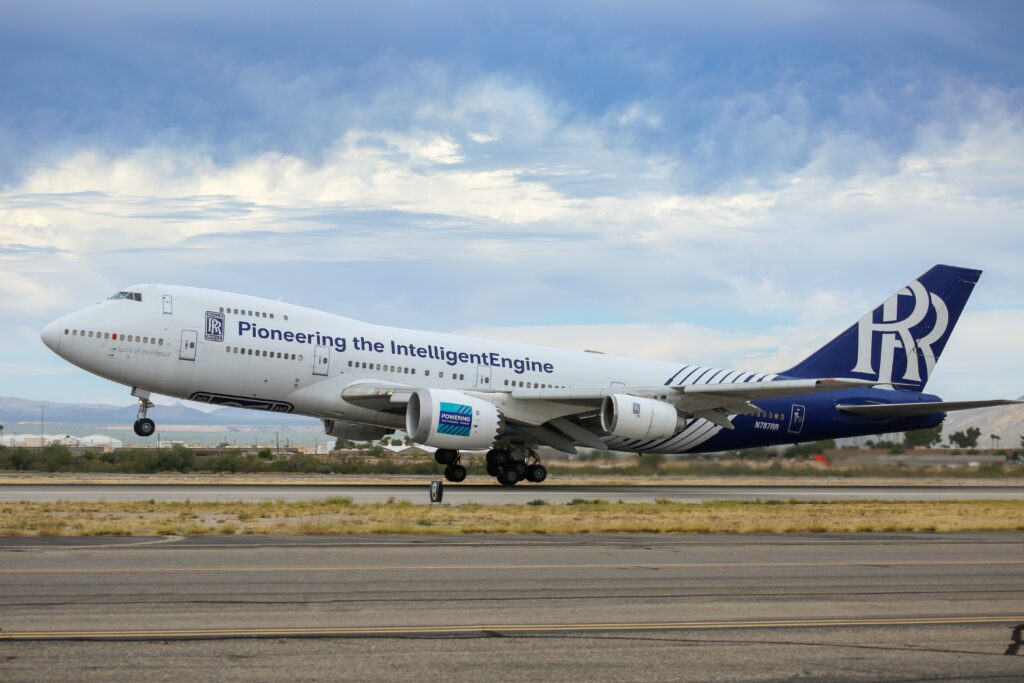Passengers traveling from Geneva Airport can now breeze through self-service touchpoints at check-in, bag drop, and security thanks to digital passenger processing technology from SITA. The new touchpoints are helping to reduce wait times and provide more flexibility to passengers increasingly seeking digital travel solutions.
Passengers and staff will also soon further benefit from boosted efficiencies thanks to Geneva Airport’s new Airport Operations System (AOS), enabling intelligent optimization of operational processes and improving real-time information sharing to passengers and staff airport-wide.
This investment in the newest passenger and operational technologies is part of a wider revamp of Geneva Airport aimed at elevating the passenger experience while preparing the airport for future demands.
An optimized passenger experience
SITA has already, in recent weeks, delivered its self-bag drop stations to Lufthansa Group airlines and its pre-security e-gates to optimize passenger access to security.
By summer 2023, SITA will deliver 15 Smart Path Scan and Fly Mini self-bag drop units as well as 30 Smart Path TS6 kiosks, which include payment functionality. This self-service experience is able to handle skis, a first for EasyJet passengers flying from Geneva. The airport will also be the first to use SITA’s common-use payment solution with the P2PE (point-to-point encryption) certification. This will help passengers easily and securely pay for additional services such as excess baggage or ski allowances, using contactless payment methods during the self-bag drop process.
The SITA TS6 modular kiosk was the winner of the 2021 IF Design award for its slick, sustainable, and adaptive design, which can be customized to fit with an airport’s or airline’s brand design and specific customer needs. TS6 kiosks are also biometrically enabled, allowing the airport to introduce this functionality in future. Once the biometric capability is activated, passengers will be able to seamlessly complete various steps of the journey such as check-in and bag drop by simply scanning their face at each touchpoint.
Passengers flying long-haul are now able to use SITA’s Smart Path boarding gates installed in the recently opened East Wing, where they simply scan their mobile to board the aircraft, making the boarding pass check completely touchless and automated. This is an extension of the self-service available at check-in and is part of a new experience where passengers can board long-haul flights directly from the gate without agent interaction.
Enhanced operational efficiencies
Adding to these cutting-edge passenger processing systems, SITA is set to provide a new AOS designed to further streamline the passenger experience, increase operational efficiency, and modernize the airport’s operations management.
Incorporating airport operations management, intelligent resource allocation, and real-time information sharing to staff and public, Geneva Airport’s new AOS will offer a unified view of the airport environment to all stakeholders. The airport, airlines, and ground handling teams will be empowered to better plan and make timely decisions to ensure the behind-the-scenes operation is fully synchronized with the improved passenger journey in the terminal. The new AOS supports the airport’s ambition to align passenger, baggage, and aircraft operations efficiencies.
André Schneider, CEO of Geneva Airport, said: “The investment in our terminal infrastructure is as much about the requirements for a new automated and more digitalized passenger journey today as it is about preparing for future requirements. It’s an exciting time for Geneva Airport, and we have a strong partner in SITA to support us on this journey.”
Sergio Colella, President for Europe at SITA, said: “Geneva Airport has underlined its commitment to delivering a seamless passenger journey with SITA. By leveraging the latest self-service technologies and harnessing the power of data, Geneva is increasing its capacity and taking the airport experience to the next level — improving customer satisfaction, shortening queues, and reducing costs. With our over 20-year track record of supporting Geneva with smart technologies, we couldn’t be more excited to build on this partnership and help make the airport’s vision for a more seamless passenger journey a reality.”
Source: SITA

